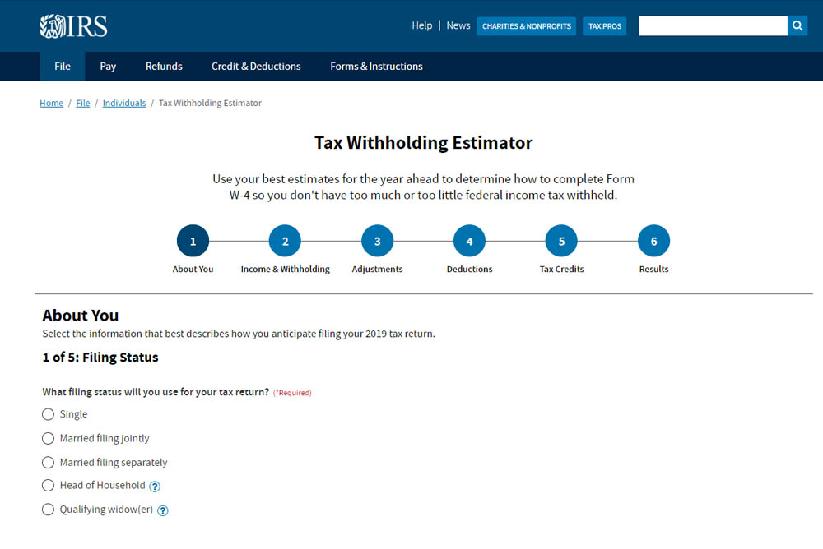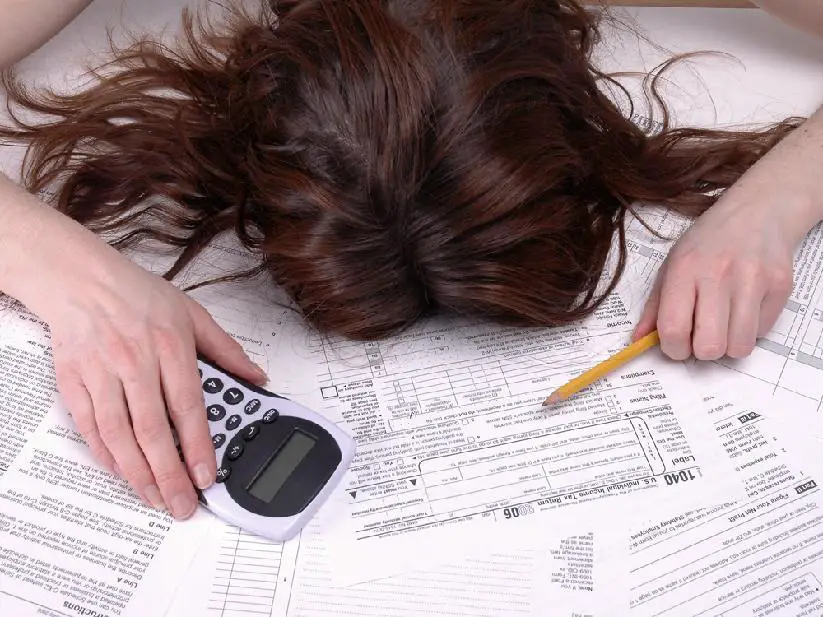Determining Your Tax-Equivalent Yield
Published:If you are like most people, you probably need to learn more about tax-equivalent yields. This may be true even if you are a wise investor. Simply put, most people rely on their tax professional to help them with these types of issues. You may not need to know everything about tax-equivalent yields, but even a little knowledge can go a long way.
Have you ever considered using a tax calculator to determine your tax-equivalent yield? This way, you can computer your own numbers throughout the year, as well as when tax season rolls around. While you can always rely on a tax professional, it’s always recommended that you do research on your own.
Using a tax calculator can help you understand what returns to expect with a tax-exempt investment versus fully-taxable investment. The more you know about how investments are taxed, the easier it will be to make informed decisions regarding your finances.
TAX CALCULATOR: What Is My Tax-Equivalent Yield?
A tax-free investment (e.g., municipal bond) will have a lower yield because of its tax-exempt status. This tax calculator can help you determine the equivalent yield for an investment that is subject to tax. Generally speaking, the higher your marginal tax bracket is (based on your income level), the higher your tax-equivalent yield will be.
There are 3 main ‘rate and assumption’ parts to this tax calculator:
Part 1 ? Tax-Free Yield (as a percentage)
Part 2 ? Federal Marginal Tax Bracket (your annual income determines your tax bracket, which determines your federal income tax rate)
Part 3 ? State Marginal Tax Bracket (varies depending on the state where you live)
For example, let’s say you have a 5% tax-free yield, 25% federal marginal tax bracket, and 7% state marginal tax bracket. Submitting those numbers into the tax calculator produces the following results: ‘A 5% tax-free return is equivalent to a 7.168% tax-equivalent yield.’ As you change the numbers to more closely match your situation, the results will adjust accordingly.
You may not think it is important to determine your tax-equivalent yield using a tax calculator, but this information can be useful as you decide where to invest your money. Along with this, it will give you a better understanding of your tax situation as a whole.
Rather than guess your tax-equivalent yield, use a tax calculator to help you figure accurate numbers. With some basic pieces of information, you can quickly and efficiently determine your tax-equivalent yield with the above tax calculator.



